Nine new appearances so far this year. Some likely from seed we’ve sown but not all.
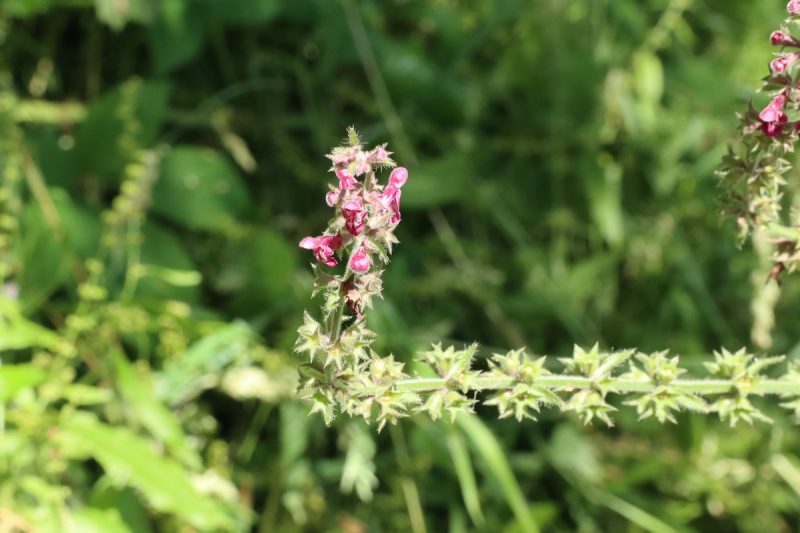
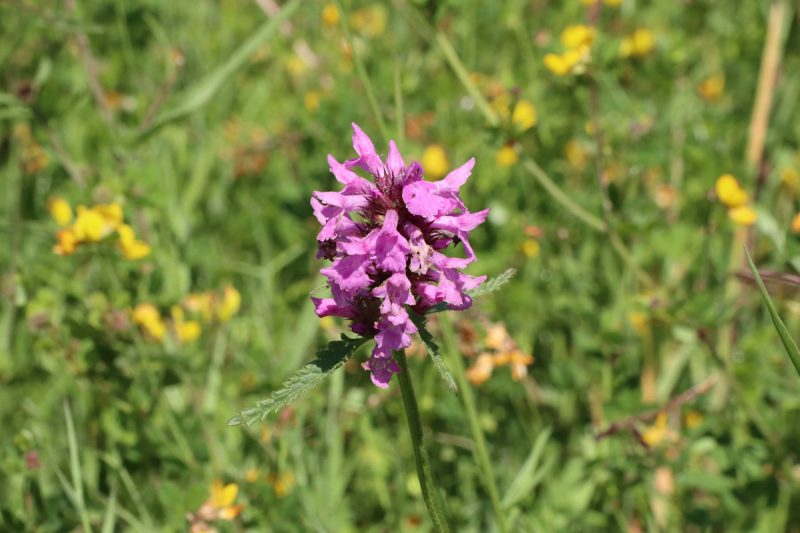

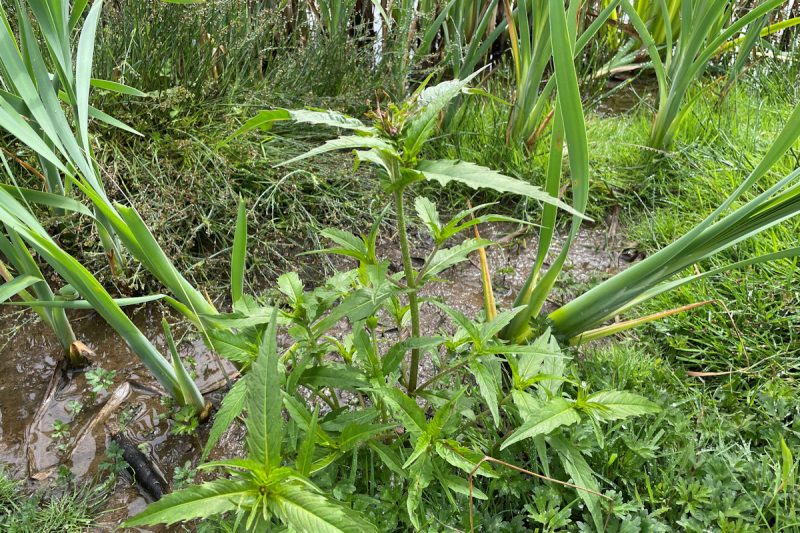

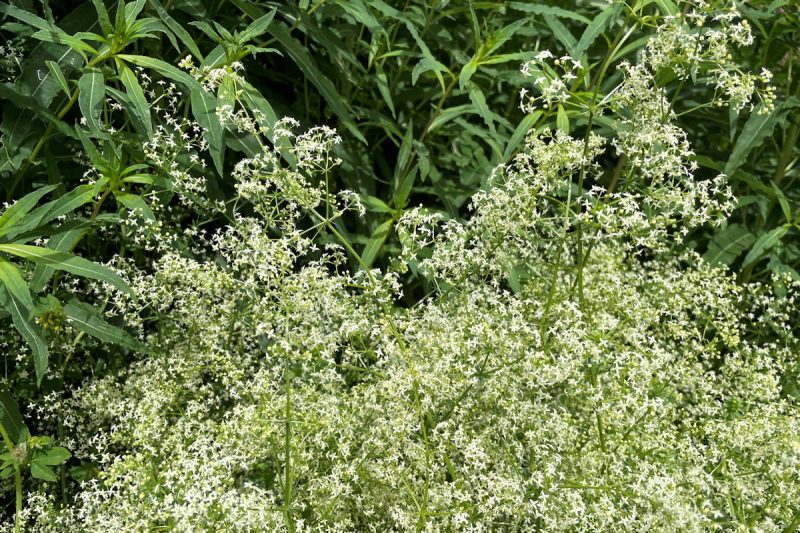
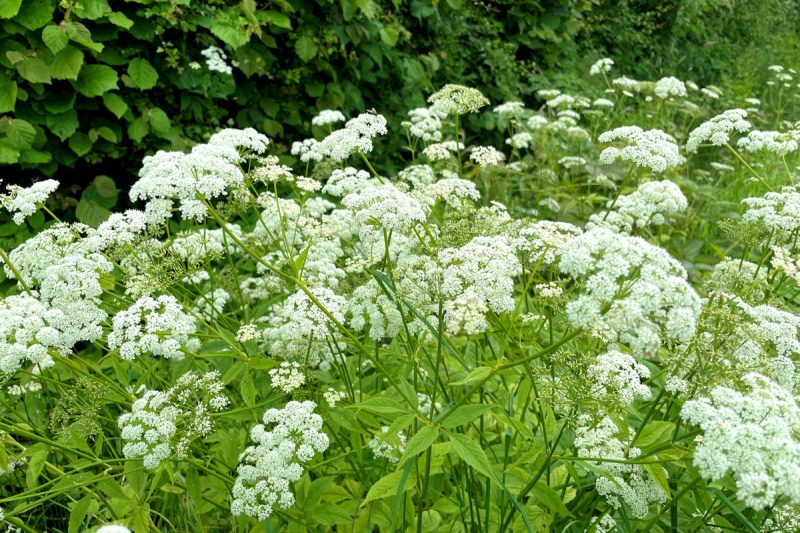
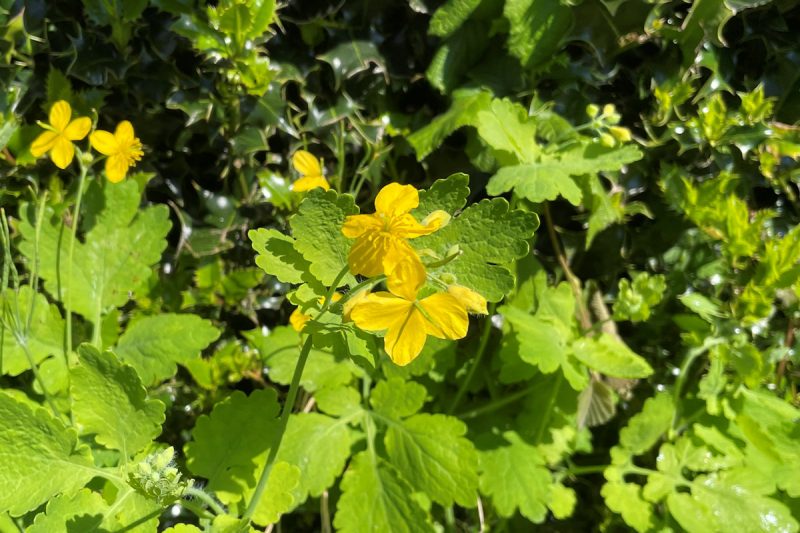
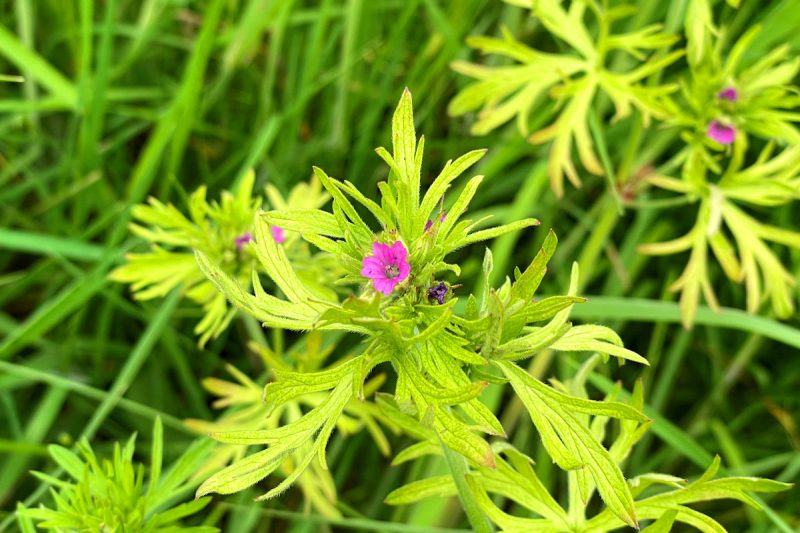
A field in Shropshire, England
Seven weeks old and time for John from the Shropshire Barn Owl Group to come and weigh, measure, ring and undertake an expert assessment of our two owlets. One is male, the other female and both are good weights and healthy, though somewhat grumpy for being disturbed in the middle of their sleep.
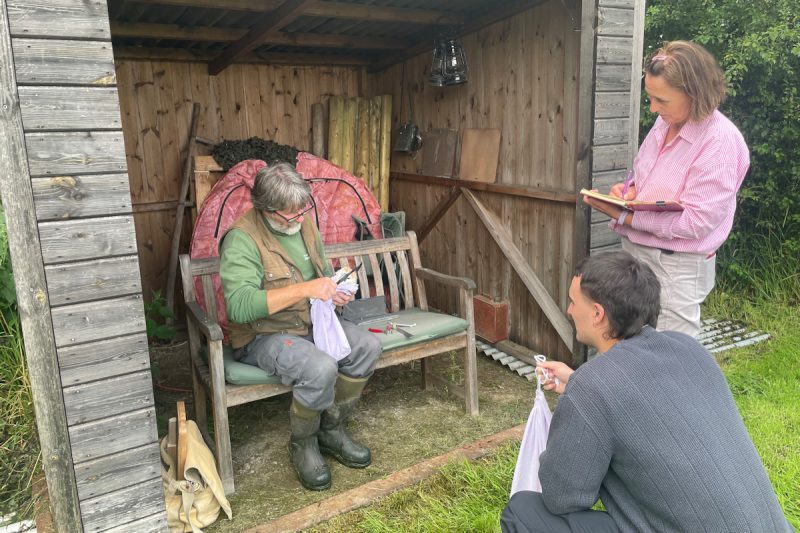


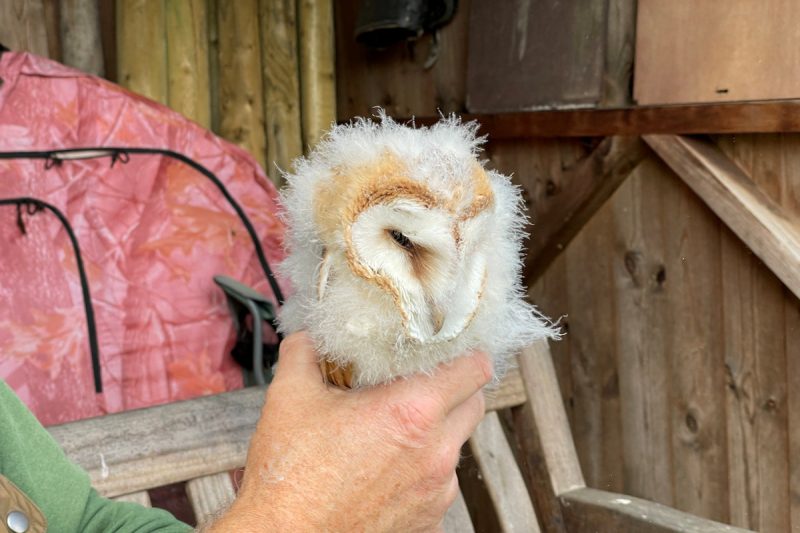
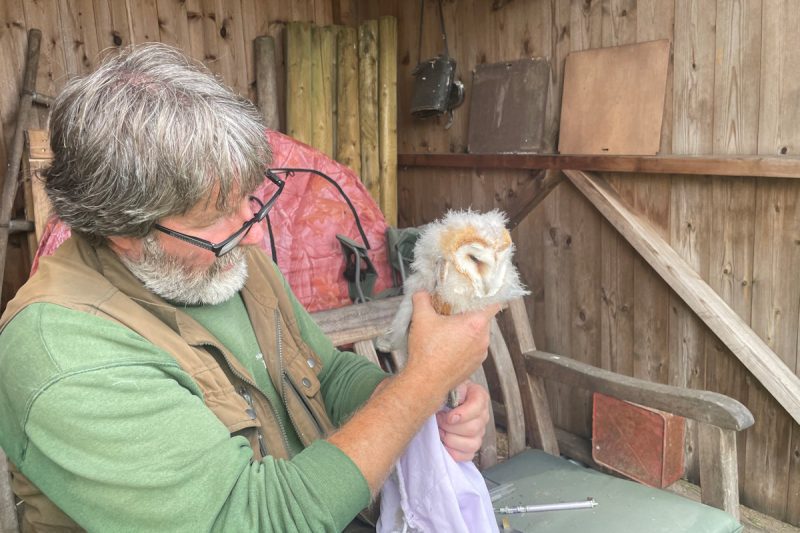
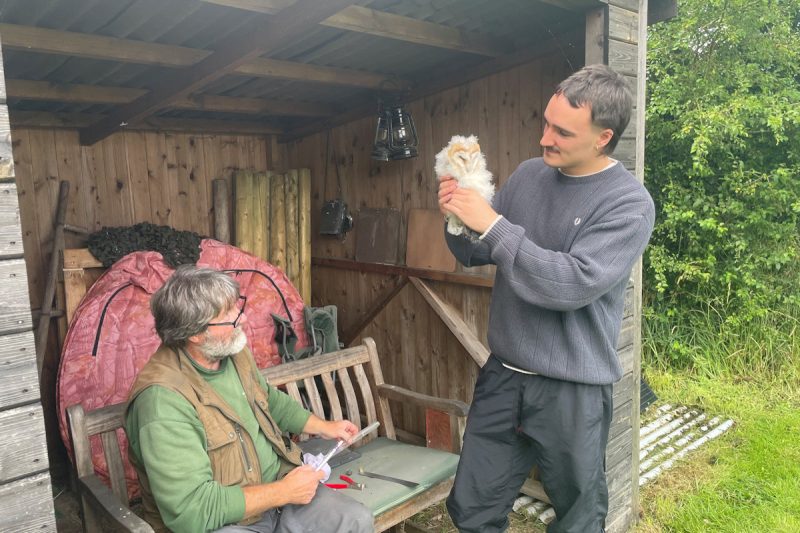

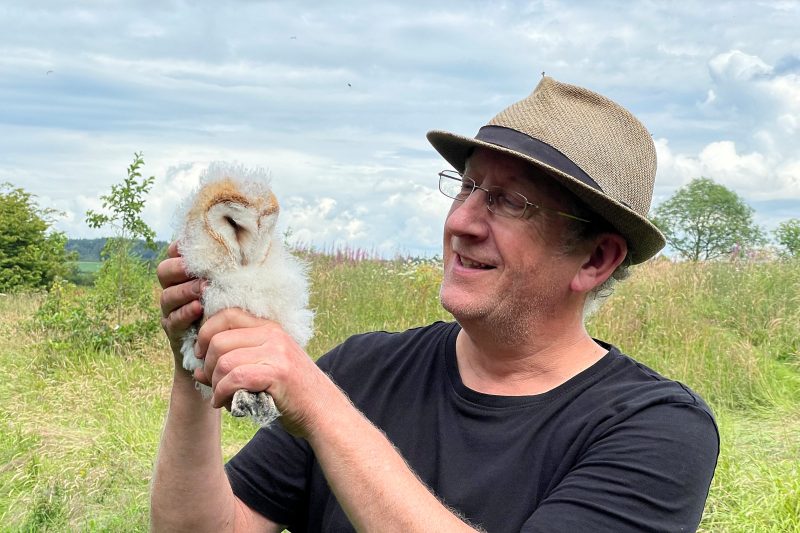
Thank you John!
The owlets can now jump up and reach the entrance to the nest box to see the wide world for the first time. Not long before they get weighed and measured: more photos to come soon.
The two barn owlets are 35 days (five weeks) old and their proper feathers can be seen growing under the warm fluff and they’re developing the familiar heart-shaped face. In another two weeks we hope the owl expert to come and check them over, and we’ll have a chance to see them properly for the first time.
The croft isn’t just for wildlife. It’s a working field that produces hay, wood, fruit, honey, and fish to eat. We have brown and rainbow trout which we raise in the larger of the two ponds. Yes, the rainbow aren’t native, but they can’t breed, and yes, the trout do feed off the small wildlife but we keep the stock levels low and the pond is large enough to allow a good balance to develop.
The rainbow trout are also a little mad and behave like a cross between dolphins and piranhas, and it doesn’t take much to be able to catch one.
Only two owlets left but they’re doing well. The spell of rain (barn owls can’t fly in the rain) at night when the little ones were most vulnerable meant a low food supply. But the remaining ones have their downy coats to keep warm so the mother can hunt now too.
Two days later and the fluffballs are getting bigger, but the hunting still isn’t very good with more rain at night.
By now we may only have three barn owlets. It looks like the mother has rejected the smallest. Not unusual to do this if there isn’t enough food but nature can appear to be cruel at times.
Update: looks like the fourth owlet is OK. A few minutes later the mother turned round and carefully pulled it back under her with her beak.
The mother is busy feeding the four wriggling chicks: see how she is able to control them while holding a field vole (probably) down as she pulls it apart to feed each of them in turn, while having time to have some herself too.
We’re not sure how many moorhen chicks there are, but there are at least three. They’re getting bigger, less like sootballs as they start to develop proper feathers.
The first egg has hatched and there’s a little pink wriggly thing under the mother.
Even before the egg was hatched the owlet and mother were talking to each. Here you can hear them chittering away the night before: when the mother moves you can see the cracked egg on the right!
Update 28 May. Now there are two owlets, clear to see as the mother briefly left the nest.
Update 29 May. Now there are two owlets. Not sure where the adult male is today. There is spare food on the floor of the nest box so the family aren’t going hungry.
Three days to go before the first egg is due to hatch. The mother is being so careful looking after the clutch.